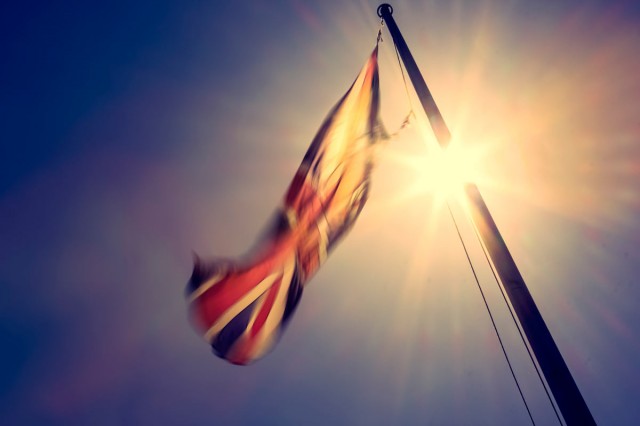Using light to your advantage
Recently I recorded a series of short videos as part of the “Lovers of light” photography competition. In this clip I have a few words to say about the different types of light.
There are three types of light in photography. Good light, bad light and no light. Being able to tell the first from the second isn’t as simple as you might think.
Good light:
What is classed as good light will vary depending on what you’re photographing. Great landscapes often come from strong directional light which casts long shadows. Portraits are best taken in soft, overcast light where shadows are few and far between.
Bad light:
Just like good light, what one photographer considers bad light might be perfect for another. Knowing what you shoot and when to shoot it is a skill that can be learned just like any other.
No Light:
Without light we don’t have any photos but with today’s digital cameras able to shot in extreme low light, it’s very rare to be left with no light at all. It’s all too easy to confuse the quantity of light with the quality of light, night time shots can be just as magical as day time photos.
Direction of light:
Where the sun is in relation to your camera can have a dramatic impact on the scene. The lower it is in the sky, the longer the shadows it casts.
Keeping the sun over your shoulder will make colours richer and shadows more pronounced.
Closing the lens aperture down to a big number (e.g. f/22) will give the sun a natural star burst effect.
Looking directly into the sun is dangerous for your eyes but with very careful use of your camera it can yield amazing results.NOTE: DSLR users should avoid looking at the sun through their viewfinders as it can damage your sight. Using “live view” is the way to go













Gavin,
I just wanted to say that I found you on YouTube years ago and you have been a WONDERFUL resource for me learning how to think more creatively when it comes to shooting landscapes and objects. I am a wedding photographer, but I love shooting landscapes on the side. I found you years ago while finding a 15 minute photo challenge video, and years later I am still following you and have watched every video you have made! You are my favorite photographer, and it is a dream of mine to do a Youtube video with you one day. Maybe a 15 min challenge or a tutorial of some sort? I live in Atlanta, GA so it would have to be a long distance video haha.
Anyway, I just wanted to finally tell you how much help you have been for me over the years, and I would be thrilled if you checked out some of my landscape images on Flickr. Here is the link: https://www.flickr.com/photos/ericmarksphotos/sets/72157646285170796/
Thanks so much Gavin!
-Eric Marks
G’day Gavin.
I watched this latest video with great interest because I, like you, enjoy the early morning or late afternoon light. I frequently wander around the Hobart waterfront to see what I can get. Sometimes I get lucky. All good stuff, thank you for the tips.
Barry from Tassie
Hello Gavin!
I have been a huge fan of yours for years, and I wanted to finally reach out and tell you that your tips and tricks over the years have helped me to think so much more creatively when shooting landscapes and objects. I am a full time photographer, and most of business is weddings but I absolutely love shooting landscapes. I found you on Youtube years ago in one of your 15 minute photo challenge videos, and I have watched every single one you have posted! Anyway, I just wanted to let you know you are one of my all time favorite photographers, and it wold be a dream to do a long distance Youtube video with you since you live in the UK and I live in the States.
I would be honored if you would take a look at some of my landscape photos here: http://www.ericmarksphotos.com/landscapes/
Thanks for all of your knowledge over the years!
-Eric
Love your tutorials on youtube and Adorama not a big fan of studio work but still enjoyed your videos,but please more 15min challenge type of videos keep up the goo work.
sorry good work
Its great to come back to a location you shot before and with a different lighting scene can make a whole other experience!… Great post!
thank you so much for all the videos you have done, i follow your work and your awesome video tutorials, you are my favorite photographer and my mentor, everytime i feel stuck i look up to your videos and some new ideas come along, thank you deeply much